I’m so excited to welcome another fellow Pelican Book Group author and friend, Kathleen Bailey, back to Romancing History. Kathleen’s latest release, Settler’s Hope, is the second book in her Western Dreams series which follows a group of pioneers on the Oregon Trail. To learn more about the first book in the series, Westward Hope, click here.
Kathleen has graciously offered not one, but three giveaways so be sure to see the details below!
About the Book
Before Kathleen shares her some insights on “Happily Ever Afters,” here’s a little bit about Settler’s Hope.
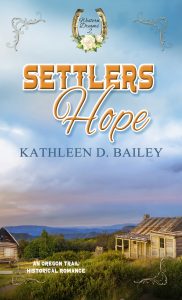 After years of wandering, Pace Williams expects to find a home in the Oregon Country. He doesn’t expect is to fall in love with a fiery Irishwoman bent on returning home to avenge her people.
After years of wandering, Pace Williams expects to find a home in the Oregon Country. He doesn’t expect is to fall in love with a fiery Irishwoman bent on returning home to avenge her people.
Oona Moriarty expects one thing: to exact revenge on the English overlords who took her home. She doesn’t expect to fall in love with a man who looks like he’s been carved from this Western landscape.
Together they vow to trust the unexpected and settle into a life, but when Pace’s ancient enemies threaten to destroy the life they’re building, Oona must choose between helping the man she loves and seeking the revenge she craves.
Available for purchase on Amazon and B&N
When “Happily Ever After” Isn’t Quite Enough
~By Kathleen D. Bailey
Romance writers are in the business of happy endings. Right? Where he gets her and she gets him and, if there are kids involved, they get a complete family. It’s what we do, why our hero and heroine go through whatever they have to go through to, ultimately, be together.
But life is funny. Sometimes we don’t get what we want. Sometimes we shouldn’t have it. And sometimes God does say “Not now.” I was recently pointed in this direction by two novels and a movie.
In “My Best Friend’s Wedding,” starring Julia Roberts, the heroine has been BFFs with a college friend for most of their post-college lives. They’ve seen each other through crashed relationships, job debacles and more, while never recognizing their attraction to each other. When Dermot Muloney tells Roberts’ character that he has found The One, she begins to wonder if an early attraction to each other should have been, and should be fanned back into flame. The Julia character’s dawning realization of her feelings is thrown into relief when the Dermot character asks her to be his “best person” at his wedding to a very young Cameron Diaz. Things hit fans, Julia tries to sabotage the wedding and at one point steals a bread truck, and Dermot actually begins to wonder himself, even kissing her at one juncture. You’re rooting for the two best friends to get together, you can’t help it. But at the end of the day his future is with the Diaz character, and Julia backs off.
In Lynn Austin’s novel, Waves of Mercy, debutante Anna Nicholson has two men to choose from: her wealthy and exacting former fiance, William, and a young seminary student, Derk, whom she meets on a respite trip to Lake Michigan. Anna undergoes a voyage of discovery that summer, finding out exactly who she was when the Nicholsons adopted her, and cementing her faith in Christ. While William is mellowing and more than ready to give her a second chance, even accommodating her faith, she is drawn to gentle Derk, who has always accepted her for who she is. The reader is drawn to him too. At least this one was. But Anna knows who she is now, and she goes back to Chicago to serve and learn more about her Lord. She’s still not certain of a life with William, and though she’s fond of Derk, she honestly doesn’t know if she’s cut out to be a pastor’s wife after a life of luxury. Can love overcome all? We don’t know. But at the end of this book, it hasn’t.
In Debra Clopton’s Betting on Hope, the cowboy does get the girl, with quarter horse champion Tru Monahan and writer Maggie Hope overcoming their painful pasts for a life together serving God. Tru was rendered sterile by a series of childhood cancer treatments. A subplot features a very young unwed mother, Jenna, who desperately wants to keep her baby. Maggie and some townspeople create a plan to support her. But Jenna knows that even with help, she can never give her daughter what a solid adoptive family can. The reader is pulling for that family to be Maggie and Tru – but that doesn’t happen.
When people do the right thing, for their best friend, unborn child or for their own spiritual health, it hurts. It’s not always fun to be the grown-up. In fact, it hardly ever is.
Because there is something even better than “happiness.” It is joy.
The joy of doing the right thing.
There are doubts along the way, and none of the authors or screenwriters sugarcoat them.
- From Betting on Hope
“Maggie walked out of the hospital. Disbelief weighed heavy on her heart over Jenna’s decision. She told herself Jenna’s baby would grow up better than either of them had. That this child would be loved. And wasn’t that what was ultimately important? Not who was raising her. After all, she’d had two parents and both of them had tossed her by the wayside.
But would Jenna ultimately grow to hate that she hadn’t kept her baby?”
And finally there is the freedom of letting go. For what isn’t perfect, what can’t be on this earth, but what is right.
- From Waves of Mercy
“He pulls me into his arms and holds me tightly. I feel so comfortable there, and as I return his embrace I wish with all my heart that it could be different for us – but it can’t.
‘Derk, I truly believe that God brought you and me and Oma together this summer for a reason. All three of our lives have been changed. Now…now it’s just so very, very hard to say goodbye.’
‘Then we won’t,’ he says, still holding me tightly. ‘We’ll just say…until next time.’ We finally release each other and stand at the same time. ‘You’ll always be in my prayers, Anna, and I hope I will always be in yours.’
Tears stick in my throat as I nod. I can’t reply. Derk bends to kiss my cheek, and I watch him turn and walk away. I think I understand how hard it was for Oma Geesje to say good-bye to Hendrik on that long ago day, to watch him walk away into the woods and out of her life forever.
Joy
When we give up what we want, in ourselves, for the Better that God has for us. In genre writing there are certain conventions—the mystery gets solved, the Hero and Heroine end up together—but sometimes it comes at a cost. We, and our characters, should be prepared to pay that.
Another cinematic example: “Casablanca.” Rick doesn’t get Ilsa, and it’s his own choice. The man who didn’t “stick his neck out for anybody” gave away the love of his life to a man who had stuck his neck out, and suffered for it. Rick did the right thing, and we know what it cost him.
But the ultimate example of the perfect ending is our Lord and Savior Jesus Christ. He could have come down from that Cross at any time. Hugged his mother, gone to supper with his anxious pals. Forgone the physical pain and the shame of carrying our sins, opting instead for a Happy Ending. Done what made sense to everyone except Him.
He didn’t. Joy trumped happiness, and we are the better for it.
For future reading:
Betting on Hope, by Debra Clopton, Thomas Nelson 2015, ISBN 978-1-4016-9049-6
Waves of Mercy, Lynn Austin, Bethany House 2016, ISBN 978-0-7642-1761-6
About Kathleen
 Kathleen Bailey is a journalist and novelist with 40 years’ experience in the nonfiction, newspaper and inspirational fields. Born in 1951, she was a child in the 50s, a teen in the 60s, a young adult in the 70s and a young mom in the 80s. It’s been a turbulent, colorful time to grow up, and she’s enjoyed every minute of it and written about most of it.
Kathleen Bailey is a journalist and novelist with 40 years’ experience in the nonfiction, newspaper and inspirational fields. Born in 1951, she was a child in the 50s, a teen in the 60s, a young adult in the 70s and a young mom in the 80s. It’s been a turbulent, colorful time to grow up, and she’s enjoyed every minute of it and written about most of it.
Bailey’s work includes both historical and contemporary fiction, with an underlying thread of men and women finding their way home, to Christ and each other. Her first Pelican book, ‘Westward Hope,” was published in September 2019. This was followed by a novella, “The Logger’s Christmas Bride,” in December 2019. Her second full-length novel, “Settler’s Hope,” was released July 17, 2020.
She lives in New Hampshire with her husband David. They have two grown daughters.
For more information, contact her at ampie86@comcast.net; or connect with her on Facebook, Twitter, and LinkedIn or visit her website.
Giveaway**
This giveaway has now ended!
Congratulations to our winners!!
Ebook Copy of Settler’s Hope: Annette
Paperback Copy of Westward Hope: Peggy Clayton
NE Gift Basket: Theresa Sissions
Kathleen has generously offered not one, but three giveaways to three separate lucky Romancing History readers–one eBook copy of Settler’s Hope, on paper copy of Westward Hope (U.S. Residents only), and one New England Gift Pack (U.S. Residents only). International winners will receive their choice of an eBook copy of one of Kathleen’s books.
To enter, please share with us a favorite book or movie that has a bittersweet ending.
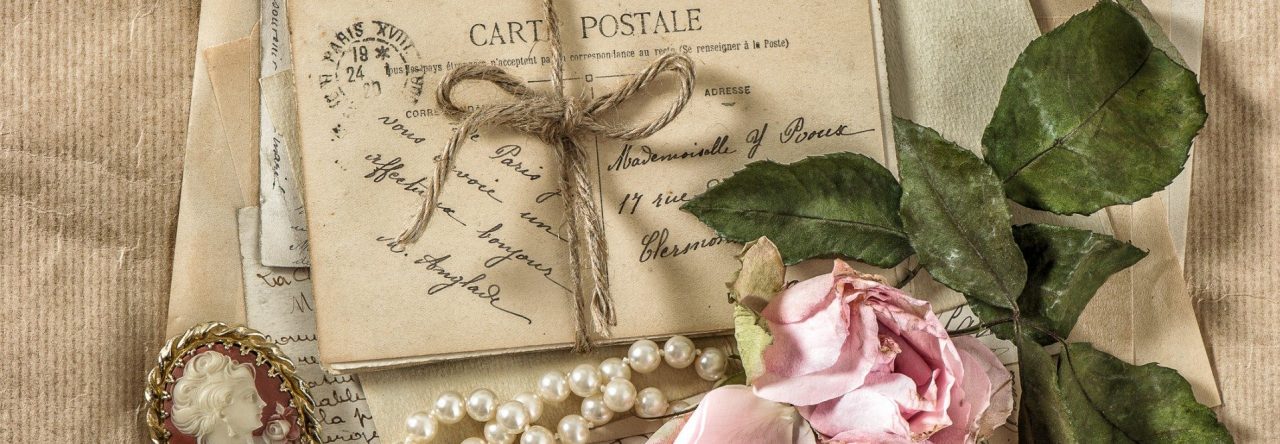
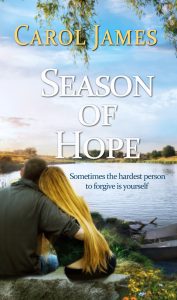


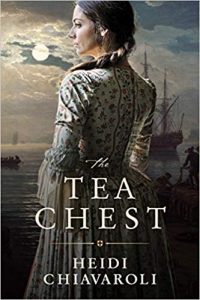
 Title: Serving Up Love: A Four-in-One Harvey House Brides Collection
Title: Serving Up Love: A Four-in-One Harvey House Brides Collection
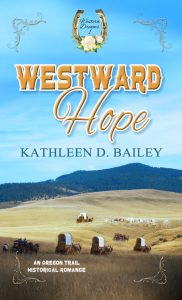



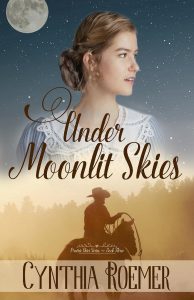
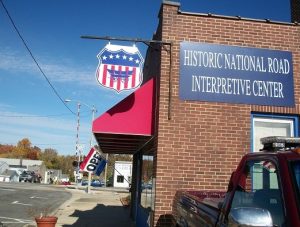
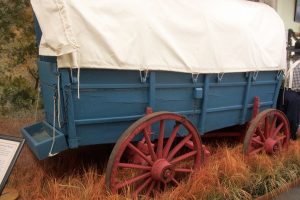
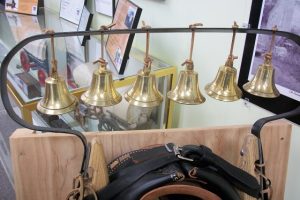

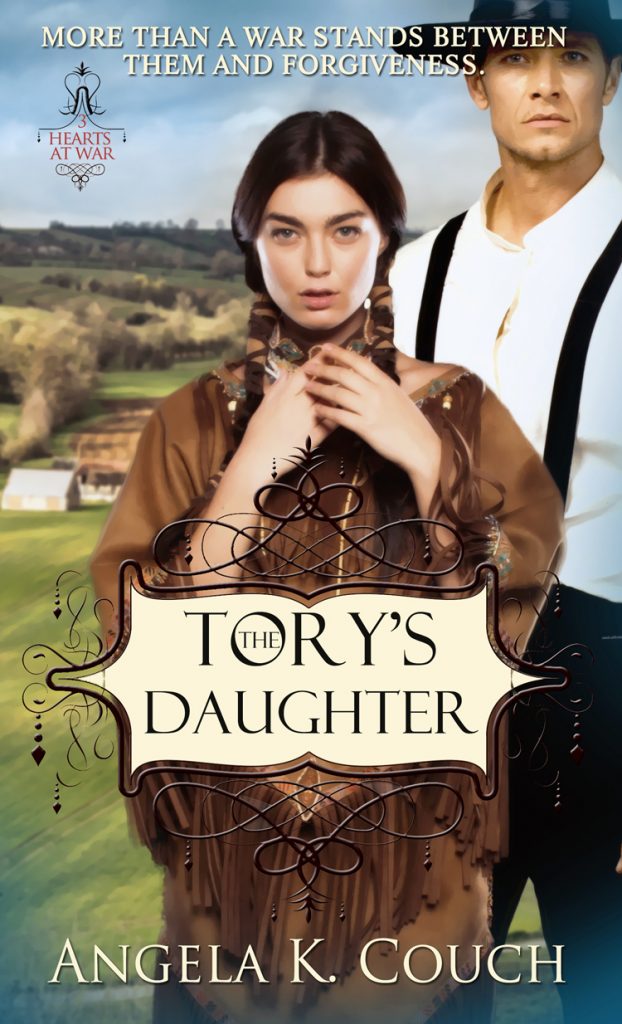


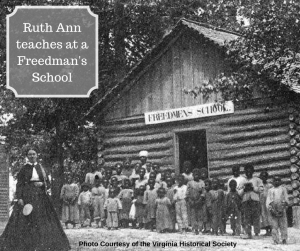







 Ronald Reagan (1981-1989)
Ronald Reagan (1981-1989)